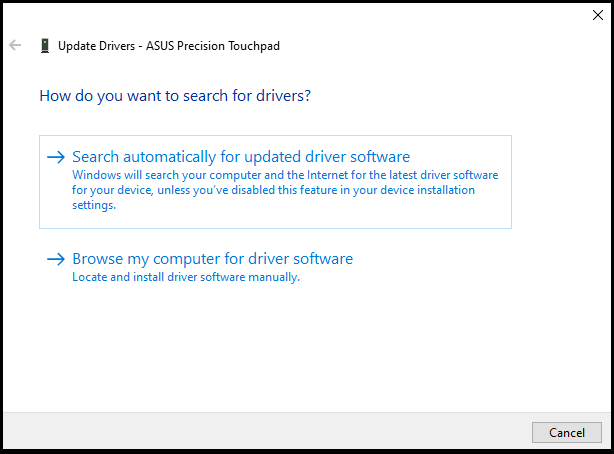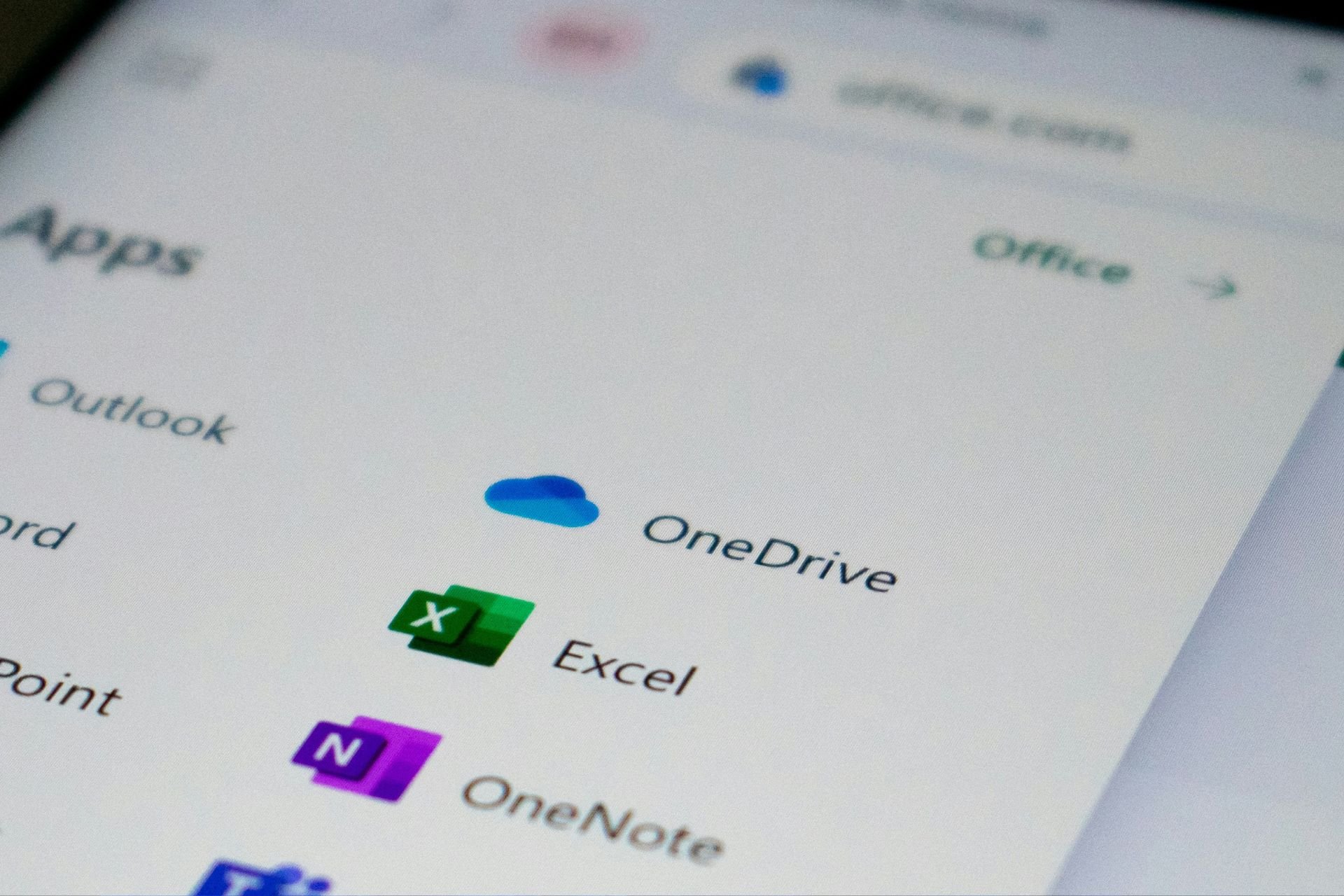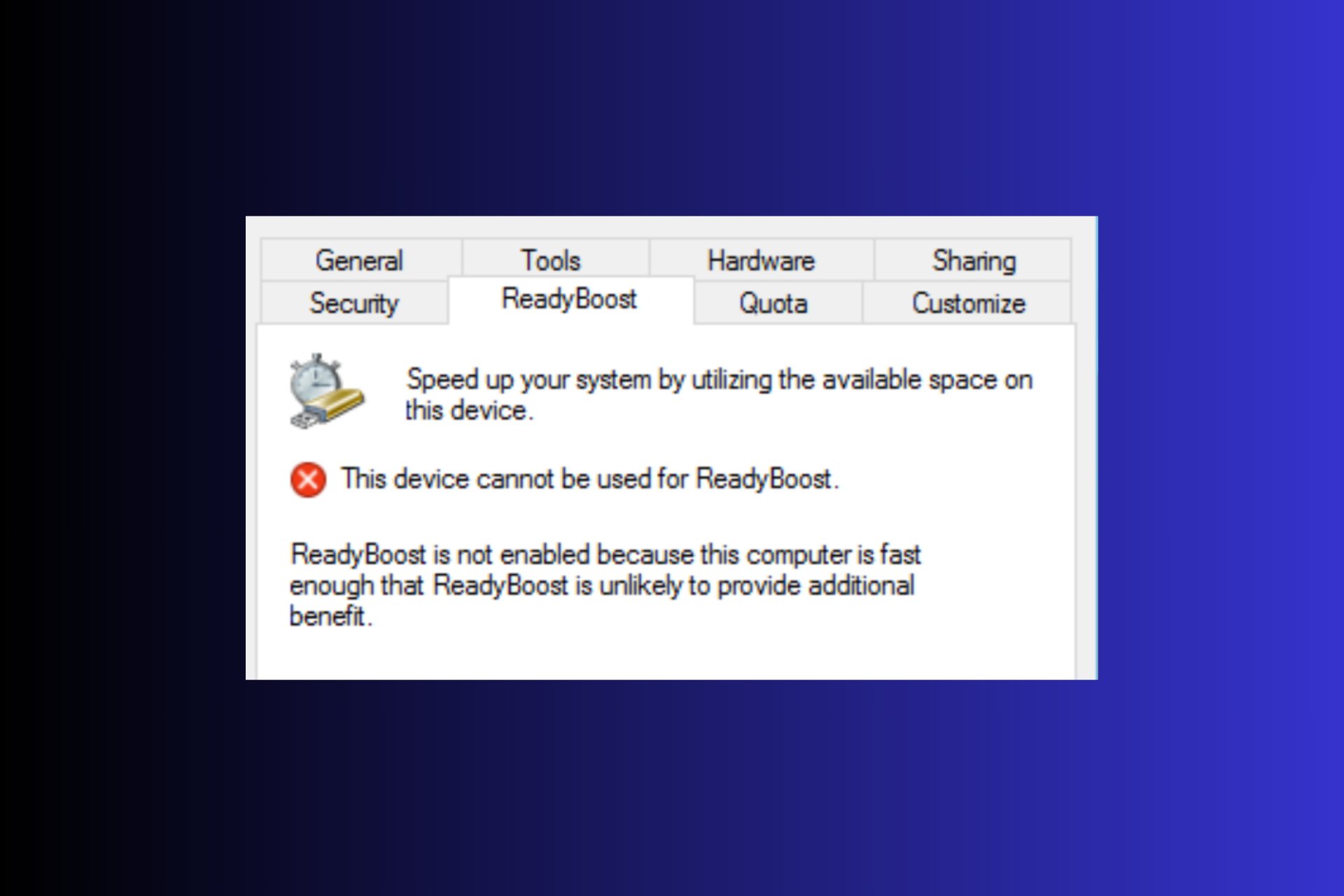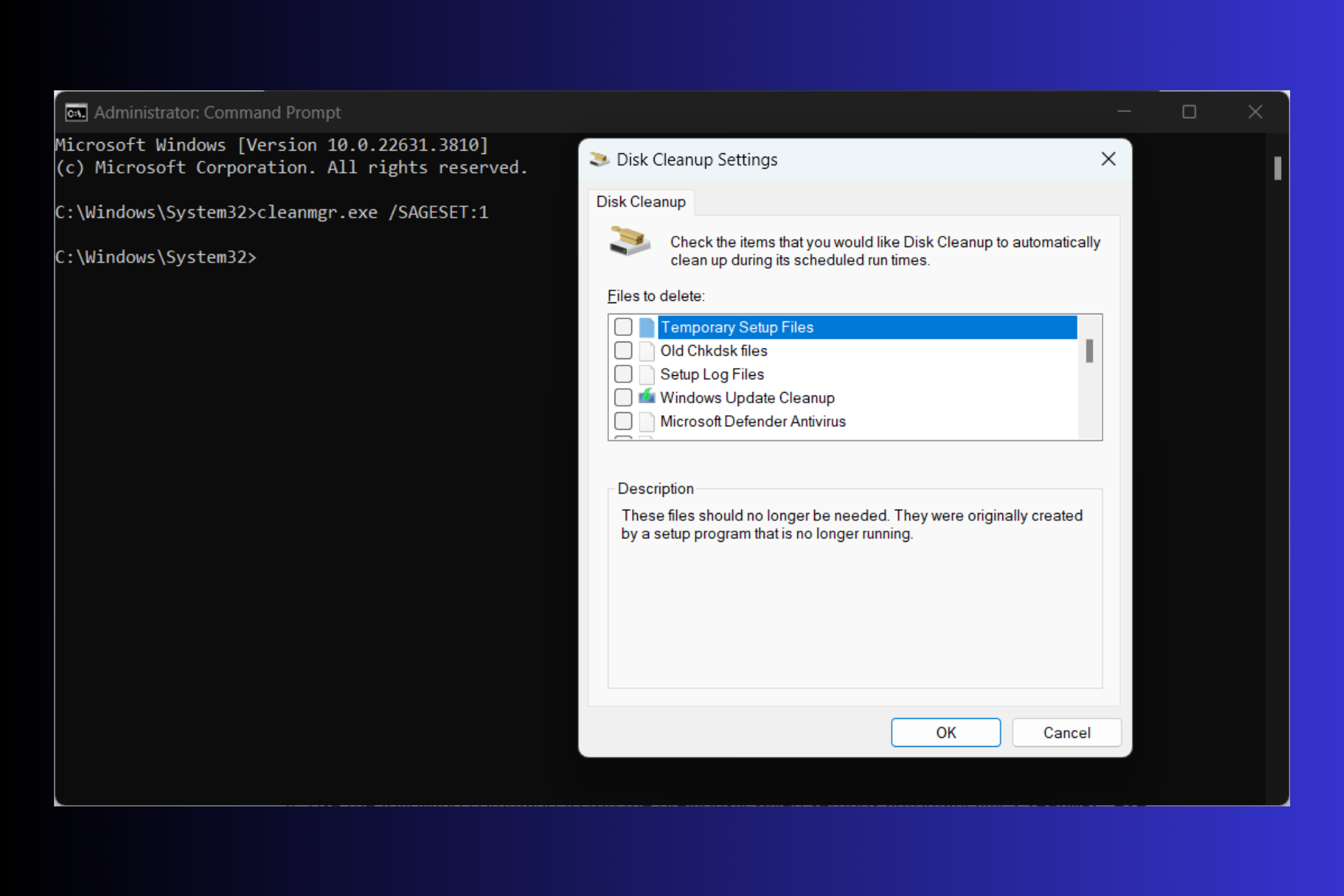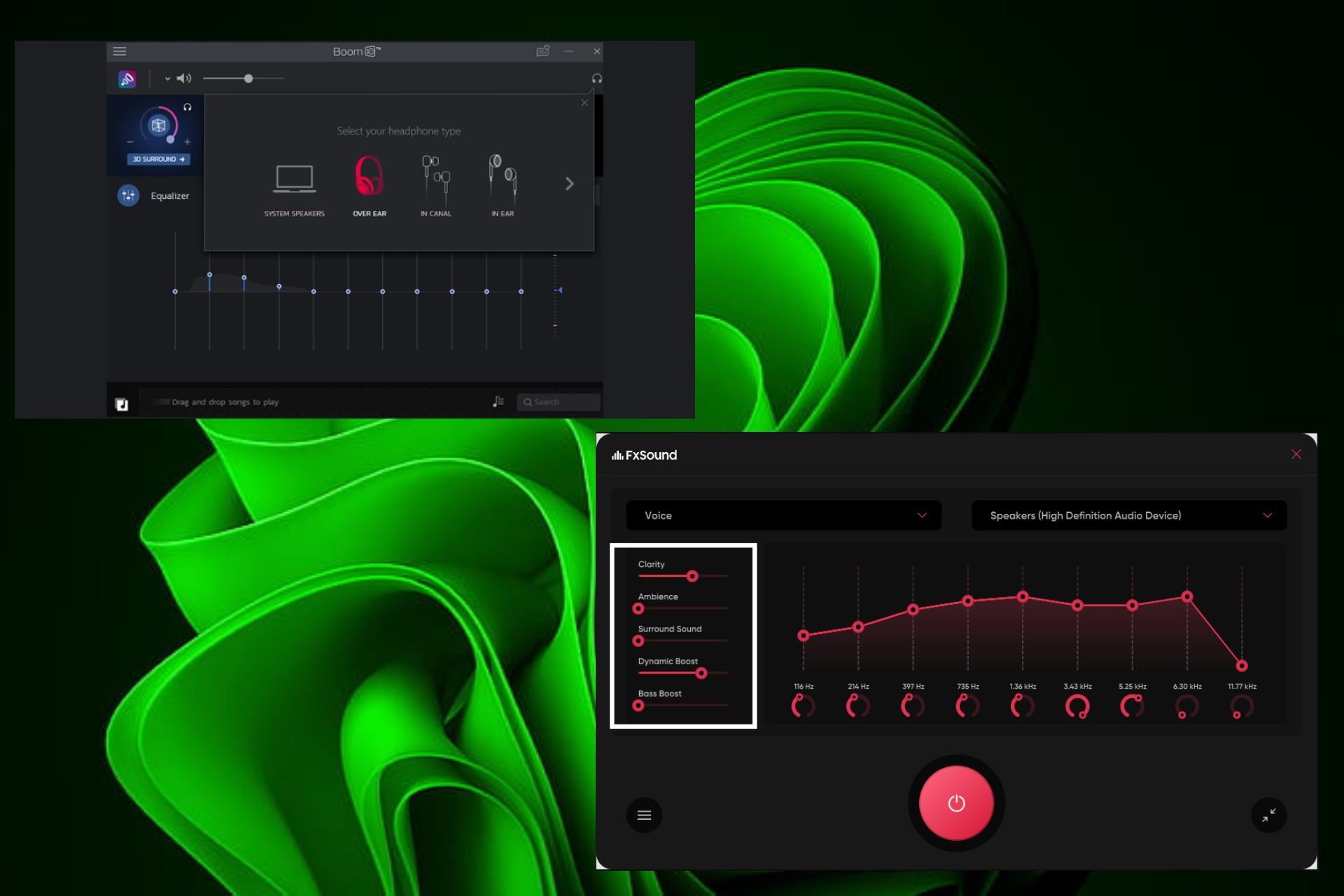A Synaptics Driver is Required for Reflashing [Full Fix]
5 min. read
Updated on
Read our disclosure page to find out how can you help Windows Report sustain the editorial team Read more
Key notes
- Issues with Synaptic touchpad drivers are not uncommon, but this guide will surely help.
- Even after successfully installing new drivers, you may still encounter this dreaded error.
- Follow the guide below to learn how to update your drivers manually and safely with dedicated software.
- We also give in-depth instructions on installing the firmware, setting BIOS default settings, and more.
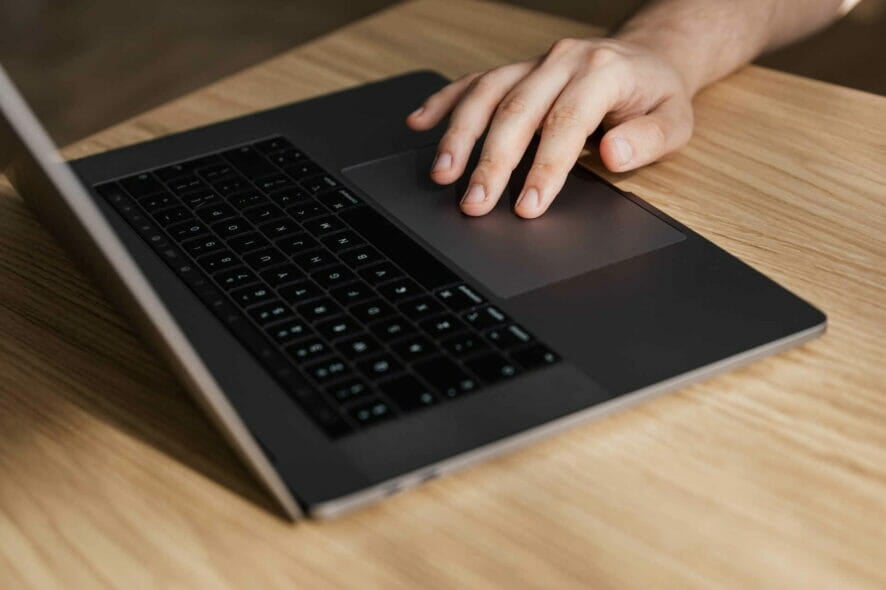
While trying to update your laptop’s touchpad driver or firmware, you may have encountered a message that reads:
A Synaptics driver is required for reflashing.
Please install a Synaptics driver or contact your computer manufacturer.
Touchpad issues can be exasperating, especially when you can’t afford to use a separate mouse with your laptop. And, of course, you will want everything to work smoothly on your mobile PC, even if you have an alternative input device.
The following guide will show you how to solve a missing Synaptics driver error.
How do I fix the Snypatics driver is required for reflashing error?
1. Update your Synaptics touch-pad driver
- Open the Windows Power User Menu (right-click on the start menu icon).
- Select Device Manager.
- Scroll down to the Mouse and other pointing devices category and expand it.
- Look for your touchpad in the list of devices. If you can’t find it, check under the Human Interface Devices category.
- Right-click on your touchpad item and select Update driver from the context menu.
- Select the Search automatically for updated driver software option.
- Wait for the system to search for the drivers online and install them if prompted.
- If Windows does not find any drivers from the Internet, click on Search for updated drivers on Windows Update and then use Windows Update to download the driver.
Since 1986, Synaptics has been one of the largest producers of human-interfacing devices and software. Like Microsoft, it has a spotty record regarding updates.
You may be running a buggy driver for your touchpad. The easiest way to fix this is by updating it using the above steps.
Alternatively, you can use a reliable third-party tool for this procedure. With a few clicks, you can set it to scan, download, and install the latest and most suitable drivers for your Windows OS.
⇒ Get PC HelpSoft Driver Updater
2. Download and Install the latest Synaptics touchpad firmware
Your freshly installed or updated drivers may be causing a conflict with Synaptics touchpad firmware. If that’s the case, you’ll need to download the firmware or update the utility from your manufacturer’s website.
For instance, if you’re using Lenovo’s L540 ThinkPad, you can find the firmware on its download page. Since this seems to be a fairly prominent issue with Acer laptops, the updates can be found on their Drivers and Manuals page.
However, we do acknowledge that you may be encountering the message A Synaptics driver is required for reflashing after you recently attempted to update your firmware.
If that’s the case, we recommend trying an automatic third-party software that downloads and installs the latest drivers for your PC. With a simple click, the program will perform these actions and optimize your Windows OS, preventing conflicts with Synaptics touchpad firmware.
3. Set BIOS to default settings
- Shut your laptop down completely.
- Remove the battery if you can and wait for five seconds. If you don’t have a battery, follow the instructions below for this step.
- Turn your laptop on and boot into the BIOS setup menu. On most HP laptops, you can do this by pressing the F10 key.
Consult your laptop’s manual for more information. - Load the BIOS Setup Default settings for your computer. Once again, on most HP laptops, this can be done by pressing the F9 key.
- Save and Exit.
- Select Yes if you’re presented with a confirmation dialog.
- Restart your computer and log into Windows.
4. Uninstall the Touchpad device
- Open Device Manager.
- Find your touchpad device under Mice and other pointing devices or Human Interface Devices.
- Right-click on it and select Uninstall device from the context menu.
- Confirm and follow the prompts.
- Restart your PC.
After restarting your PC, Windows will install the drivers for your touchpad device again. Do not manually install the drivers.
This solution works best when supplemented with the third solution (set BIOS to default settings) in this guide.
5. Install Synaptic precision touchpad drivers
- Download the Synaptics driver package from Lenovo.
- Extract the contents of the package in a folder of your choice.
- Open Device Manager.
- Locate your touchpad device.
- Right-click on it and select Update driver.
- Click on Browse my computer for driver software.
- Select Let me pick from a list of available drivers on my computer.
- Click on the Have Disk… button.
- Click on the Browse button.
- Navigate to where you unpacked the Synaptic driver package.
- Select the Autorun.inf file and click on Open.
- Click on the Synaptics Pointing Device option on the next screen and then click on Next.
- If Windows displays a warning dialog, read through the text, and then click on Yes if you want to proceed.
- Restart your computer.
Not only will this solution solve your problem, but it will also allow you to make more gestures on your touchpad device. It will also fix any other cursor-related issues.
6. Install generic Microsoft touchpad drivers
- Run Device Manager and locate your touchpad device.
- Right-click on your touchpad device and select Update Driver.
- Select the Browse my computer for driver software option.
- Click on Let me pick from a list of available drivers on my computer.
- Make sure that the Show compatible hardware option is ticked.
- Scroll through the list and select HID-compliant mice.
- Click on Next.
- Follow the prompts and restart your computer.
If you’re still encountering a Synaptics driver is required for reflashing error after exercising all the solutions in this guide, we suggest you bite the bullet and purchase an external mouse and completely turn off your laptop’s touchpad.
Alternatively, you can contact your laptop’s vendor or manufacturer and escalate the issue further. Either way, we hope you’ve found this guide helpful.
Before you go, you might want to check our guide on SynReflash not working for more information.
Which solution worked for you? Leave a comment down below.


